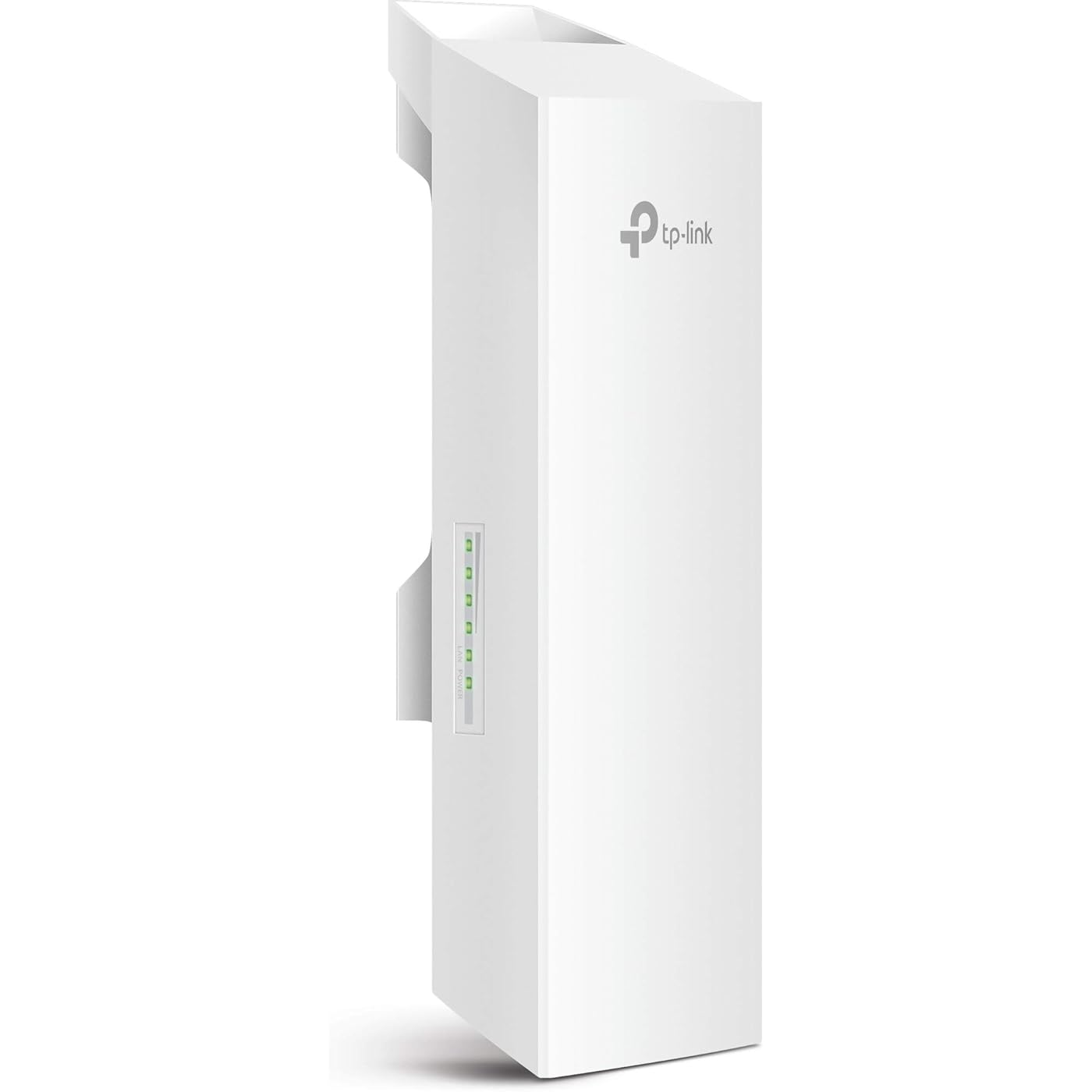
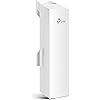

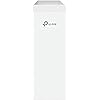
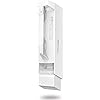
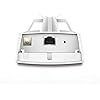
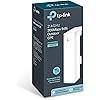
Ready to go? Add this product to your cart and select a plan during checkout. Payment plans are offered through our trusted finance partners Klarna, PayTomorrow, Affirm, Afterpay, Apple Pay, and PayPal. No-credit-needed leasing options through Acima may also be available at checkout.
Learn more about financing & leasing here.
This item is eligible for return within 30 days of receipt
To qualify for a full refund, items must be returned in their original, unused condition. If an item is returned in a used, damaged, or materially different state, you may be granted a partial refund.
To initiate a return, please visit our Returns Center.
View our full returns policy here.
Style: N300, 2.4GHz
Features
Description
TP-LINK's 2.4GHz 300Mbps 9dBi Outdoor CPE, the CPE210 is dedicated to cost effective solutions for outdoor wireless networking applications. With its centralized management application, it is ideal for point-to-point, point-to- multipoint and outdoor Wi-Fi coverage applications. Professional performance, coupled with user-friendly design, makes CPE210 an ideal choice for both business and home users. Channel Bandwidth - 5/10/20/40MHz Frequency Range: 5.15~5.85GHz. Note: Available operating frequency may vary depending on the limitations of the countries or regions in which the device is used.; Interface Available: 1 x 10/100Mbps Shielded Ethernet Port (Passive PoE in), 1 Grounding Terminal, 1 Reset Button, 1 AC Jack with Earth Ground, 1 10/100Mbps Shielded Ethernet Port (Power + Data); Processor: Qualcomm Atheros Enterprise 560MHz CPU MIPS 74Kc; Internal Memory: 64MB DDR2 RAM 8MB Flash; Protocols Supported: TDMA Mode (with Pharos MAXtream enabled); System Requirement: Microsoft Windows 98SE NT 2000 XP Vista, or Windows 10 Windows 8 Windows 7 MAC OS NetWare UNIX or Linux., Note: We recommend you to use one of following Web browsers for an improved user experience: Google Chrome Safari and Firefox. IE browsers are not recommended.; Wireless Standards: IEEE 802.11a/n (with Pharos MAXtream disabled). Operating Temperature: -40℃~70℃ (-40℉~158℉).
RAM: 64 MB
Wireless Type: 802.11n
Brand: TP-Link
Item model number: CPE210
Item Weight: 1.1 pounds
Product Dimensions: 8.82 x 3.11 x 2.36 inches
Item Dimensions LxWxH: 8.82 x 3.11 x 2.36 inches
Color: N300, 2.4GHz
Flash Memory Size: 64
Voltage: 24 Volts
Manufacturer: TP-Link
Country of Origin: Vietnam
Is Discontinued By Manufacturer: No
Date First Available: November 1, 2014